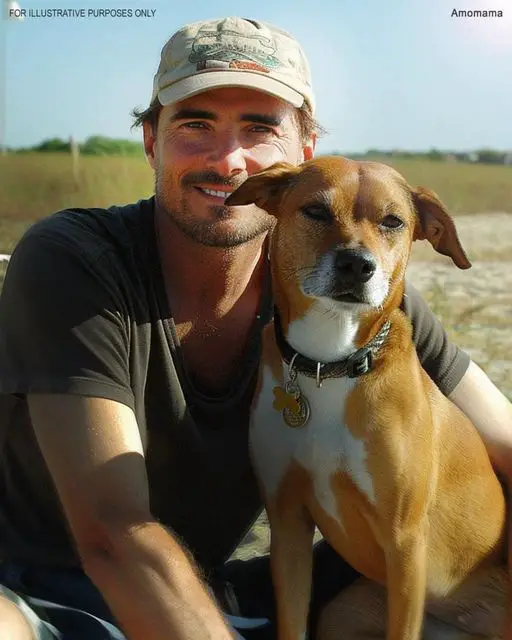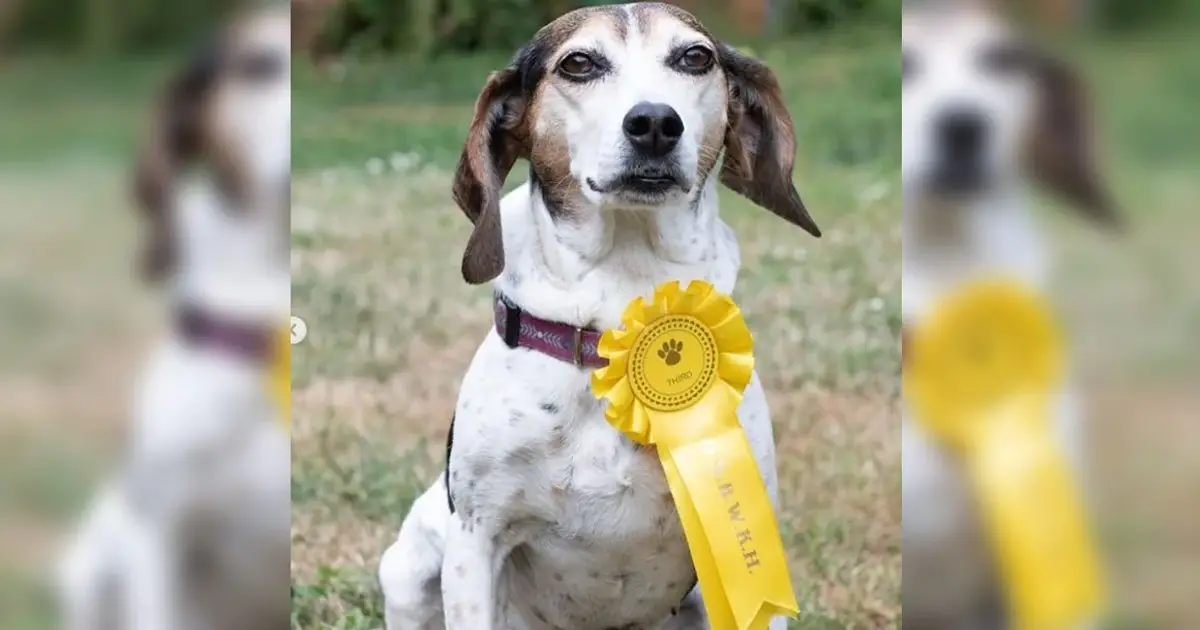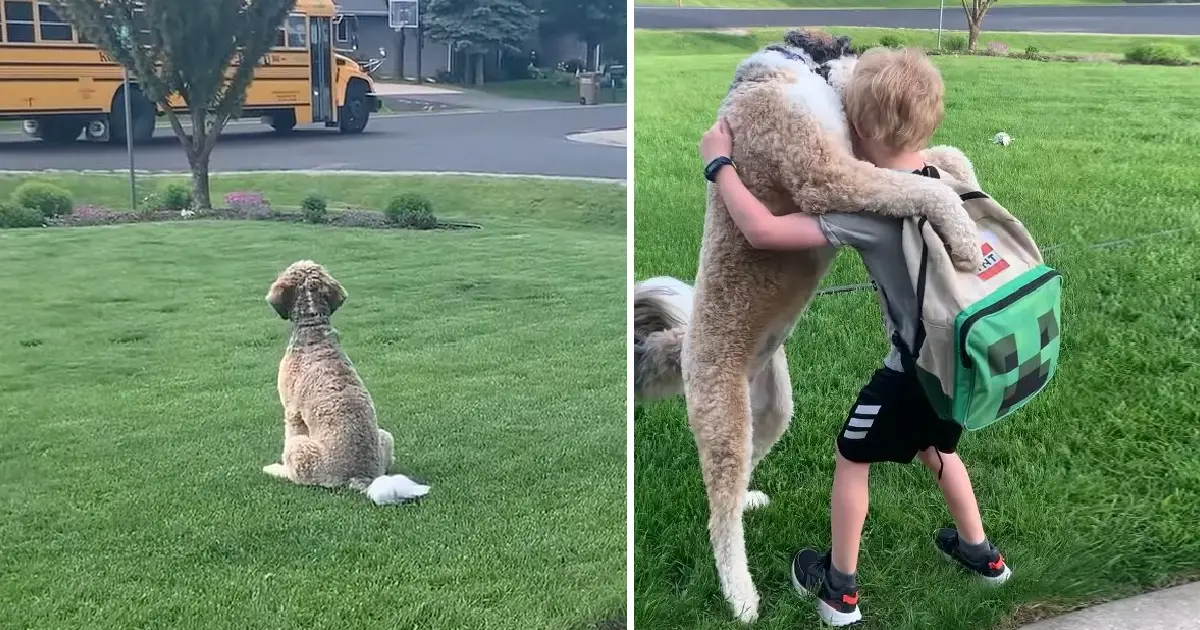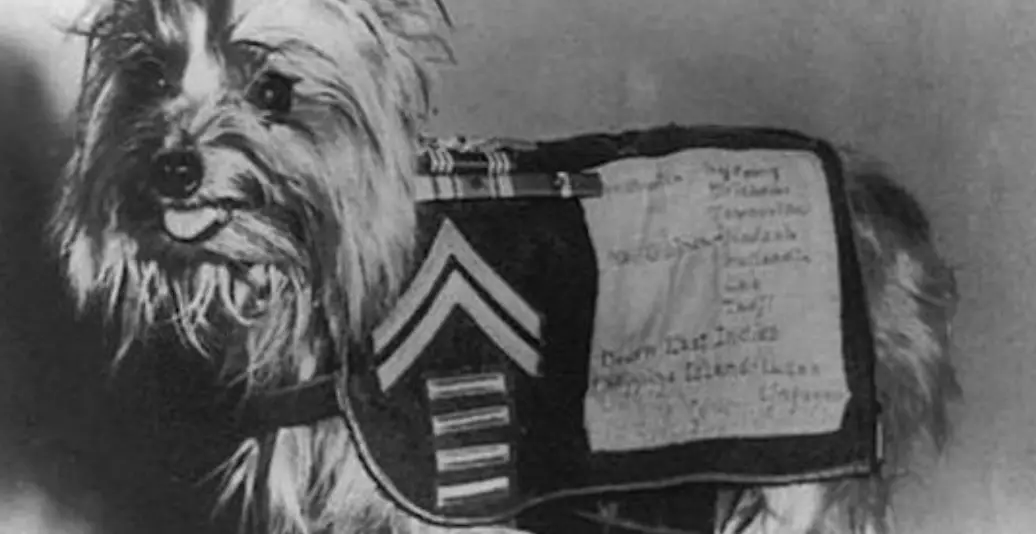
Meet Smoky, the pint-sized Yorkshire Terrier who defied appearances by emerging as a seasoned war veteran by the end of World War II. Beyond her diminutive size, Smoky played a pivotal role in saving her owner’s life, earning her the distinction of becoming the first-ever registered therapy dog post-war.
Smoky’s journey began when an American soldier stumbled upon her in an abandoned foxhole in the New Guinea jungle in February 1944. Initially mistaken for belonging to a Japanese soldier, Smoky baffled the troops by not responding to commands in either English or Japanese, leaving her mysterious origins hanging in the air.
Back at camp, Corporal William (Bill) A. Wynne of Cleveland, Ohio, stepped in and purchased Smoky for a modest sum of around $6.00, ensuring the continuation of a poker game for another soldier. Little did they know that this tiny terrier would go on to make a significant impact, not just in wartime but also as a trailblazing therapy dog in the post-war era.

The purchase of Smoky turned out to be a stroke of luck, a decision that Corporal William (Bill) A. Wynne credited with saving his life.
In a harrowing incident, Smoky guided Wynne to safety during a shellfire barrage from a transport ship. While explosions wreaked havoc around them, Wynne emerged unscathed, thanks to Smoky’s timely warnings.
Over the span of two challenging years in the jungle and amidst combat, Smoky endured the extremes, sharing a tent and rations with Wynne. She earned recognition as a member of the 5th Air Force, completing twelve combat missions and receiving eight battle stars for her remarkable bravery and life-saving efforts.
Beyond her duties, Smoky learned an array of tricks that brought joy and entertainment to the soldiers. Her intelligence and resilience shone through when she was tasked with running telegraph wire through narrow, soil-filled pipes for ground crewmen constructing an airbase.
Describing the risky endeavor, Wynne recalled, “I tied a string (attached to the wire) to Smoky’s collar and ran to the other end of the culvert… (Smoky) made a few steps in and then ran back. ‘Come, Smoky,’ I said sharply, and she started through again. When she was about 10 feet in, the string caught up, and she looked over her shoulder as if to say, ‘what’s holding us up there?’”
“The string loosened from the snag, and she came on again. By now the dust was rising from the shuffle of her paws as she crawled through the dirt and mold, and I could no longer see her. I called and pleaded, not knowing for certain whether she was coming or not.”
“At last, about 20 feet away, I saw two little amber eyes and heard a faint whimpering sound… at 15 feet away, she broke into a run. We were so happy at Smoky’s success that we patted and praised her for a full five minutes.”
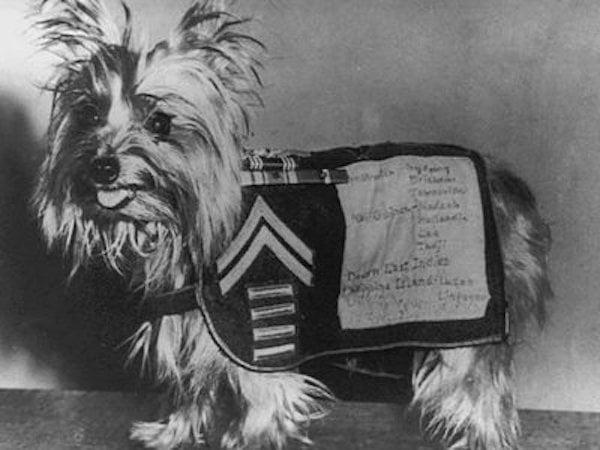
Upon returning home, Smoky rose to fame, captivating audiences with her tricks on television and bringing joy to veteran hospitals during tours. Remarkably, she holds the distinction of being the first therapy dog on record, a remarkable achievement for a dog of her size. Smoky also played a pivotal role in the enduring popularity of the Yorkie breed in the United States. In 1957, at the age of 14, she passed away and found her resting place in Cleveland Metroparks.
Great Big Story recently shared a video that sheds light on Smoky’s incredible journey, featuring excerpts from Wynne’s interview about this extraordinary canine companion.

